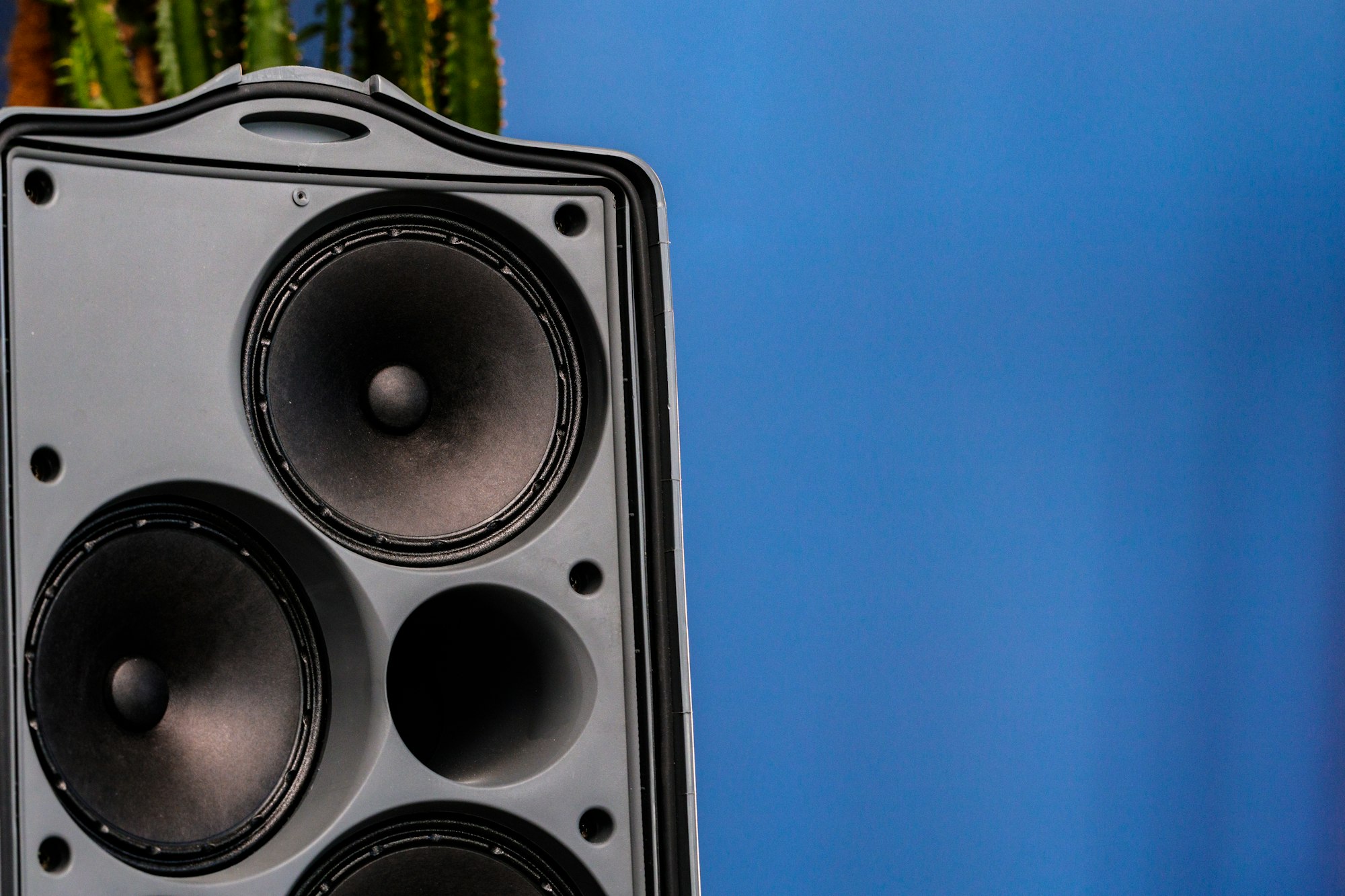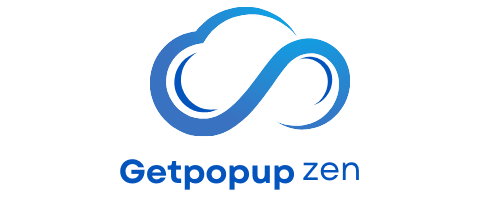How to Use Vibration Therapy to Enhance Muscle Recovery in Weightlifters?

You’ve probably heard about vibration therapy, a trendy training modality in the world of fitness and sports rehabilitation. But do you know how it works? How it can boost muscle recovery, notably for weightlifters? Get ready to dive deep into this topic as we explore the science behind vibration therapy, its benefits for muscle recovery and strength, and the best ways to incorporate it into your training regimen.
Understanding Vibration Therapy
Before delving into how vibration therapy can enhance muscle recovery, let’s first understand what it is. Vibration therapy, also known as whole-body vibration (WBV), involves standing, sitting or lying on a platform that vibrates at a specific frequency. This therapy has been gaining attention in recent years, especially among athletes and fitness enthusiasts, because of its potential benefits on the body.
This might interest you : What’s the Latest Research on the Impact of Caffeine Intake on Long-Distance Running?
According to a study published on PubMed, a respected platform for scholarly articles, vibration therapy can improve muscle performance by stimulating muscle spindles and alpha-motor neurons. This leads to enhanced muscle contractions and increased blood flow to the muscles, which are key factors for muscle recovery.
The Science behind Vibration Therapy and Muscle Recovery
As weightlifters, you often push your bodies to the limit. This can result in muscle pain and delayed recovery. Research suggests that vibration therapy can be a useful tool to expedite recovery and alleviate pain. But how exactly does it work?
In parallel : What’s the Role of Interval Hypoxic Training in Enhancing Endurance in Professional Cyclists?
One of the key effects of vibration therapy is increased blood flow. When the body is subjected to vibration, the muscle contracts and relaxes at a high frequency, leading to enhanced circulation. This increased blood flow delivers more oxygen and nutrients to the muscles, which aid in faster recovery.
Moreover, vibration therapy can also stimulate the lymphatic system, which is responsible for removing waste products and toxins from the body. This can help reduce muscle soreness and inflammation after intense weightlifting sessions.
Incorporating Vibration Therapy into Workout Routines
If you’re interested in adding vibration therapy to your workout routine, there are different ways to do so. You can begin or end your training sessions on a vibrating platform or use vibration tools during your exercises.
When using a vibration plate, you can perform your regular strength exercises, such as squats, lunges, or push-ups. This adds an extra challenge to your workout as your muscles have to work harder to stabilise your body. Remember, consistency is key to enjoy the benefits of vibration therapy.
Also, be aware that while vibration therapy can enhance the effects of your training, it should not replace your regular workout routine. Instead, it should be used as a supplementary tool to promote muscle recovery and performance.
Vibration Therapy: What the Studies Say
Several studies have investigated the effects of vibration therapy on muscle recovery and performance. One study published on PubMed involved a group of athletes who were subjected to vibration therapy after intense exercise. The results indicated a significant reduction in muscle soreness and a faster recovery rate compared to the control group who didn’t receive vibration therapy.
Furthermore, a 2016 study found that vibration therapy could increase muscle power and strength in weightlifters. The participants who underwent vibration training demonstrated improved performance compared to those who stuck to traditional weightlifting routines.
Cautions and Considerations
While vibration therapy can be beneficial for muscle recovery and performance, it’s crucial to use this modality correctly to avoid potential risks. Overusing vibration therapy can lead to negative effects, such as muscle strain or even injury. Therefore, it’s recommended to consult with a fitness professional or physiotherapist before introducing vibration therapy into your routine.
Moreover, individuals with certain health conditions, such as heart problems or epilepsy, should avoid vibration therapy unless advised otherwise by a healthcare provider. Pregnant women are also generally advised not to use vibration platforms.
As a final point, remember that while vibration therapy can assist in muscle recovery, it’s only one piece of the puzzle. A well-rounded approach, including proper nutrition, adequate rest, and a balanced training regimen, is essential for optimal muscle recovery and sports performance.
Localized Vibration and its Benefits
Localized vibration therapy is another variant of vibration therapy that is being extensively researched. Unlike whole-body vibration where the entire body is exposed to the vibrations, localized vibration targets specific muscle groups. This type of therapy can be administered using handheld devices, such as vibrating foam rollers or massage guns.
According to a study cited on Google Scholar, localized vibration can effectively reduce muscle soreness and improve range of motion in weightlifters. The study showed a significant decrease in delayed onset muscle soreness (DOMS) in participants who used localized vibration therapy after weight training.
Localized vibration therapy works by sending vibrational waves directly to the targeted muscles. This type of treatment can increase blood flow to the specific muscle group, providing them with more oxygen and nutrients for faster recovery. It has also been shown to improve muscle strength and reduce muscle fatigue, making it an effective tool to enhance your weightlifting performance.
Moreover, localized vibration can promote weight loss by improving metabolism and burning more calories. A study published on PubMed Google revealed that participants who used a vibration machine for 15 minutes a day, combined with a low-calorie diet, lost more weight compared to those who just followed the diet.
Therefore, incorporating localized vibration into your post-workout routine could be a game-changer in your muscle recovery process and overall fitness goals.
Conclusion: Maximizing the Benefits of Vibration Therapy
Vibration therapy, whether you opt for whole-body vibration or localized vibration, can be a valuable addition to your workout routine. The research-backed benefits, such as improved blood flow, reduced onset muscle soreness, and enhanced muscle strength, make it a powerful tool for weightlifters.
However, it’s crucial to remember that vibration therapy is not a miracle cure. It should be used along with a well-rounded fitness plan that includes proper nutrition, rest, and exercise. Using a vibration plate or vibration machine should not replace your conventional weightlifting routine, but rather, it should complement it.
Before integrating vibration therapy into your regimen, seek advice from a fitness professional or physiotherapist to ensure you’re using it correctly. It’s also essential to be aware of potential risks. Overuse of vibration therapy can result in muscle strain or injury. Certain individuals, like those with heart conditions or epilepsy, should consult a healthcare provider before trying out vibration therapy.
Overall, if used correctly and consistently, vibration therapy can significantly enhance your muscle recovery and performance. So, don’t hesitate to try it out and experience the benefits first-hand. Whether you’re a seasoned weightlifter or just getting started, vibration therapy could be your secret weapon for reaching your fitness goals faster and more effectively.
